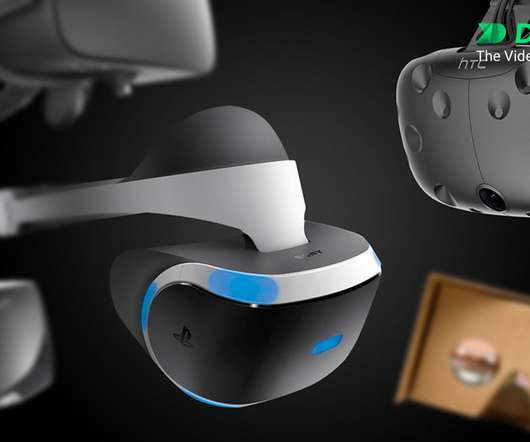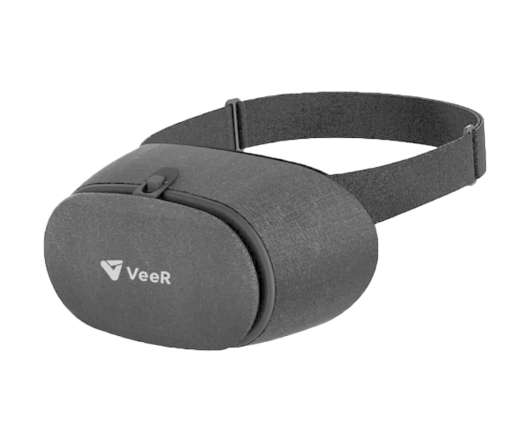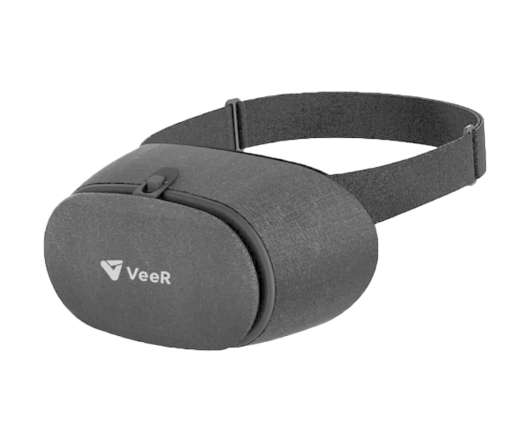How Eye Tracking is Driving the Next Generation of AR and VR
VRScout
SEPTEMBER 1, 2017
The industry has been experiencing a boom in recent years with hundreds of startups and heavy investment from tech giants including Google, Apple, Samsung, and Facebook. Despite all the activity, AR/VR hardware remains relatively crude. In January of 2017, FOVE, a Japanese VR startup, released the first eye-tracking VR headset.




















Let's personalize your content